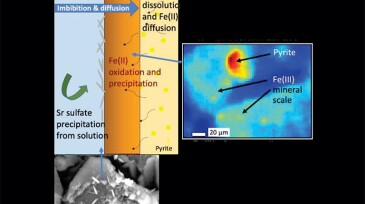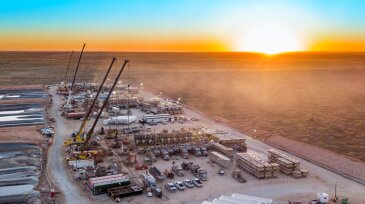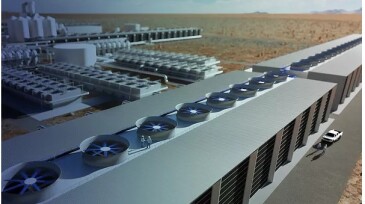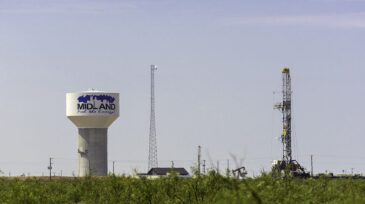Permian Basin
-
Shell is getting out of the Permian by selling out to ConocoPhillips, which has added to its bets in the west Texas play for the second year in a row.
-
The pureplay water midstream company bought the produced water infrastructure associated with Colgate’s purchase of Occidental acreage in June.
-
The obsession with better hydraulic fracturing has steadily pushed on shale production in year one, but the decline remains steep. Chemistry could help explain, and perhaps extend, the short productive life of these wells.
-
Canadian midstream giant adds key US oil export capacity via private-equity exit.
-
Incremental gains are not always celebrated, but as two of the biggest oil producers in the US show, they nonetheless can net unrealized savings and new efficiencies.
-
The combined company will have a strengthened position in the Permian Basin, and plans to operate 17 hydraulic fracturing fleets in the region.
-
Thousands of horizontal wells that had been drilled but uncompleted (DUCs) offered a way to maintain production without the cost of drilling more wells, but that resource is finally running low.
-
The application of an extended-release scale-inhibitor in approximately 70 vertical conventional wells in the Permian Basin has shown approximately three times better performance compared to the incumbent chemical.
-
Occidental Petroleum is planning a carbon-intensive future with revenues from oil expected to be put toward pulling carbon dioxide out of the air.
-
The Houston-based oil and gas producer says the latest transaction moves its divestment sum past $9 billion.










